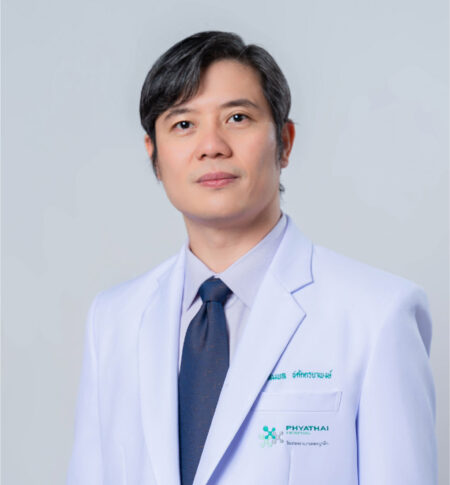Migraine is a common headache disorder, particularly prevalent in adolescents. The exact cause of migraines is not yet fully understood, but it often presents with severe and frequent headaches that significantly impact daily functioning.
For further information or Booking..
Symptoms of Migraine:
- Typically affects one side of the head.
- Pain improves within 1-2 days but often recurs.
- Headache is throbbing and worsens with movement or physical activities.
- Often accompanied by nausea and vomiting.
- Preceded by warning signs such as flashing lights or distorted images.
Management and Treatment of Migraine:
- Non-Pharmacological Approaches:
- Avoid triggers like sleep deprivation, certain foods, artificial sweeteners, alcohol, and fermented or pickled foods.
- Maintain regular exercise.
- Pharmacological Treatment:
- Involves preventive medications and medications for relieving headache pain, based on individual patient suitability.
Diagnosis of Migraine:
Diagnosing migraine typically relies on the patient’s history of headache pain that aligns with migraine characteristics. Physical examinations may not reveal any abnormalities causing the headaches. Additional tests such as blood tests or brain imaging may be considered, especially in cases where other causes are suspected or when headache relief is not achieved with medications.
Due to the recurrent and debilitating nature of migraines, patients should consult a healthcare professional to exclude other causes and establish a definitive diagnosis. The goal of medical care is to reduce headache intensity and frequency while improving the overall quality of daily life.
For further information or Booking..












